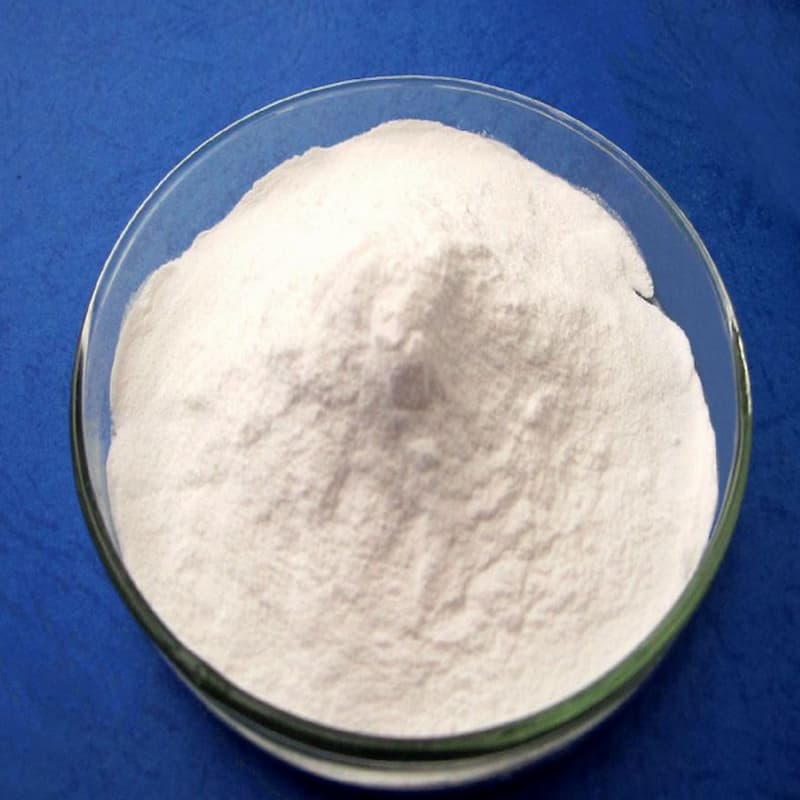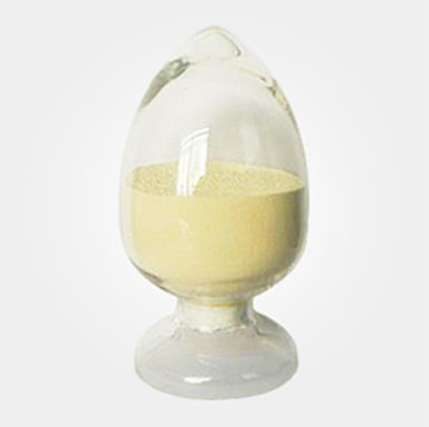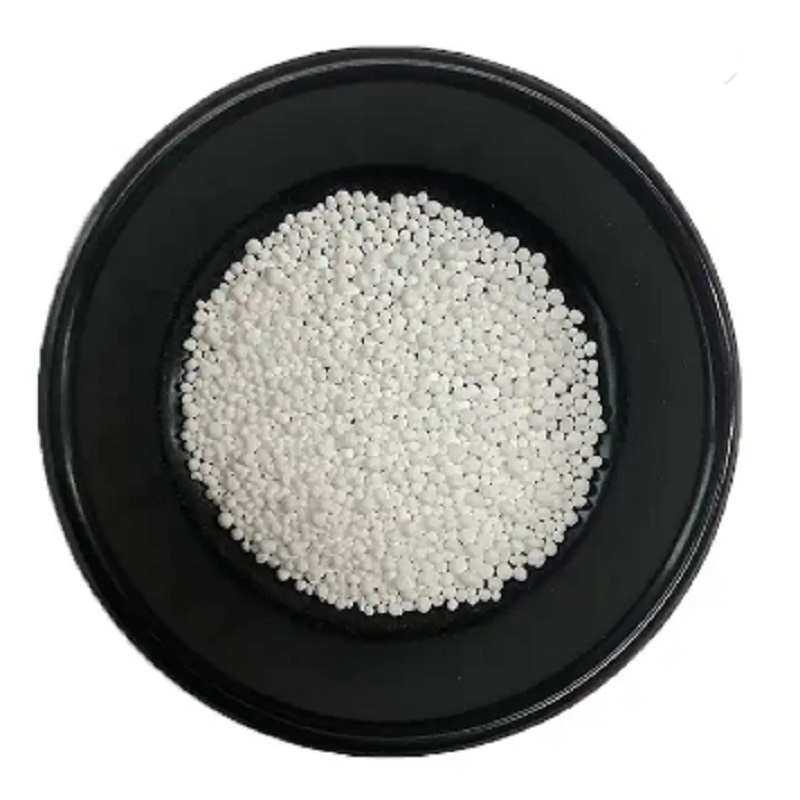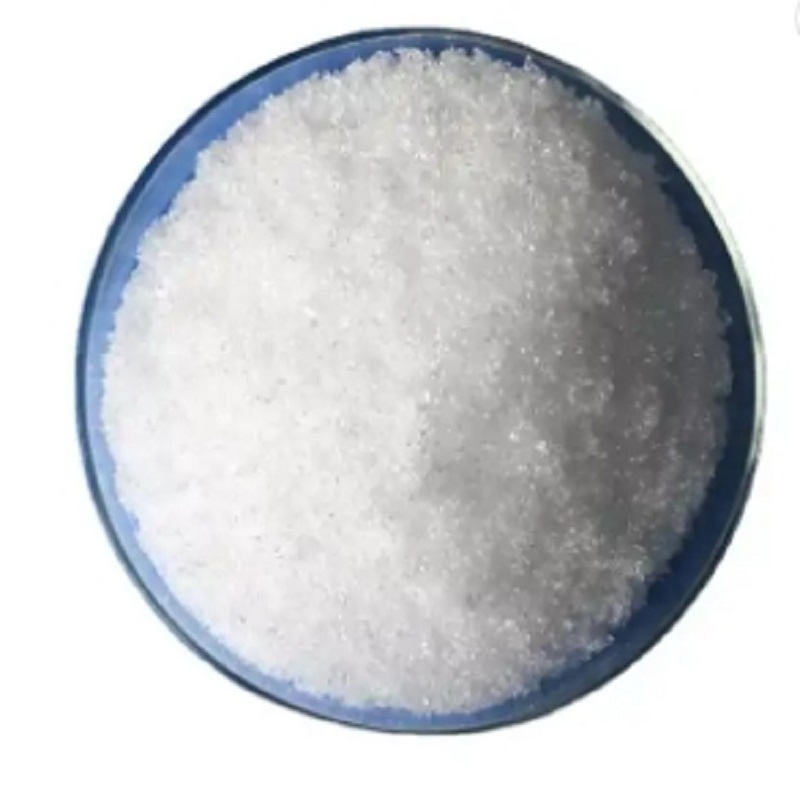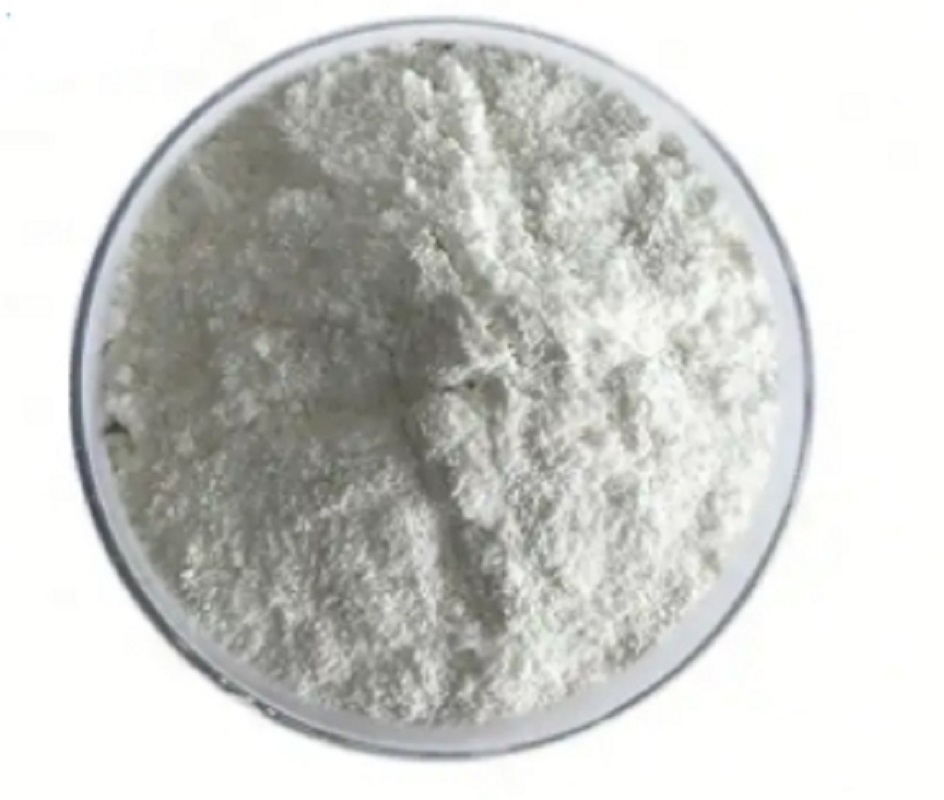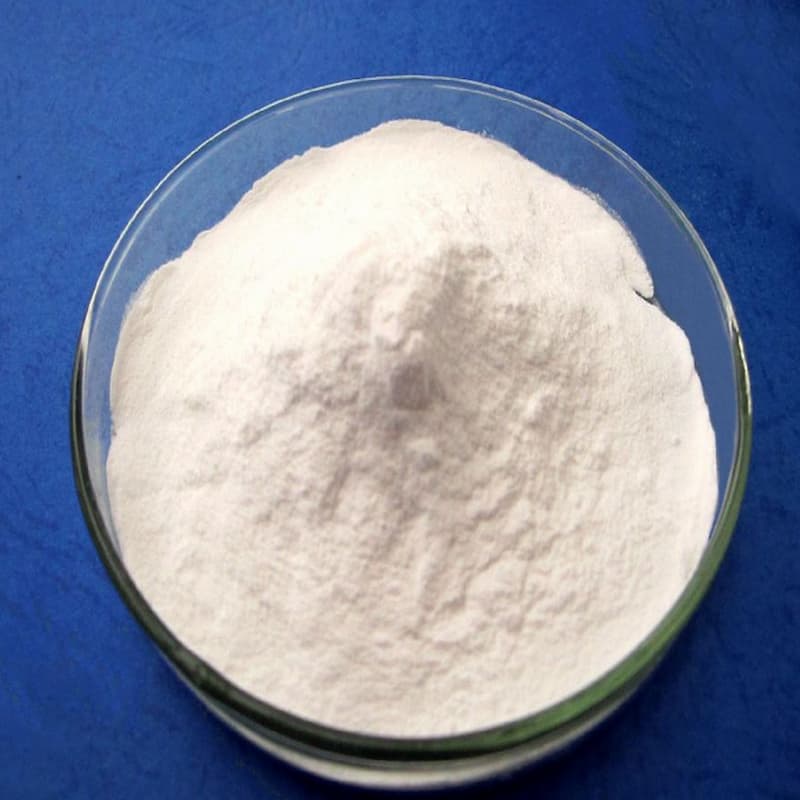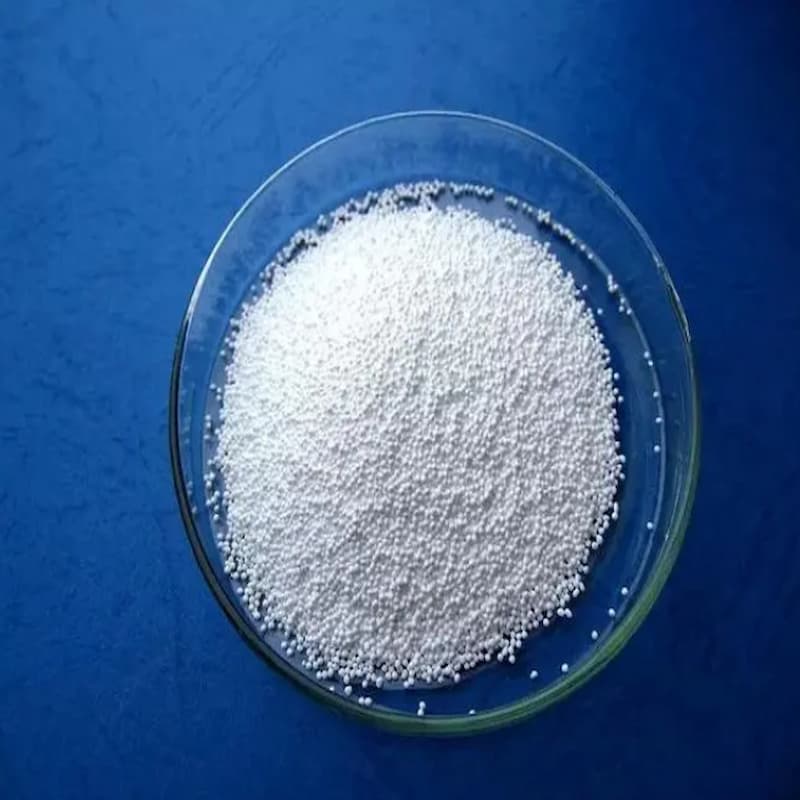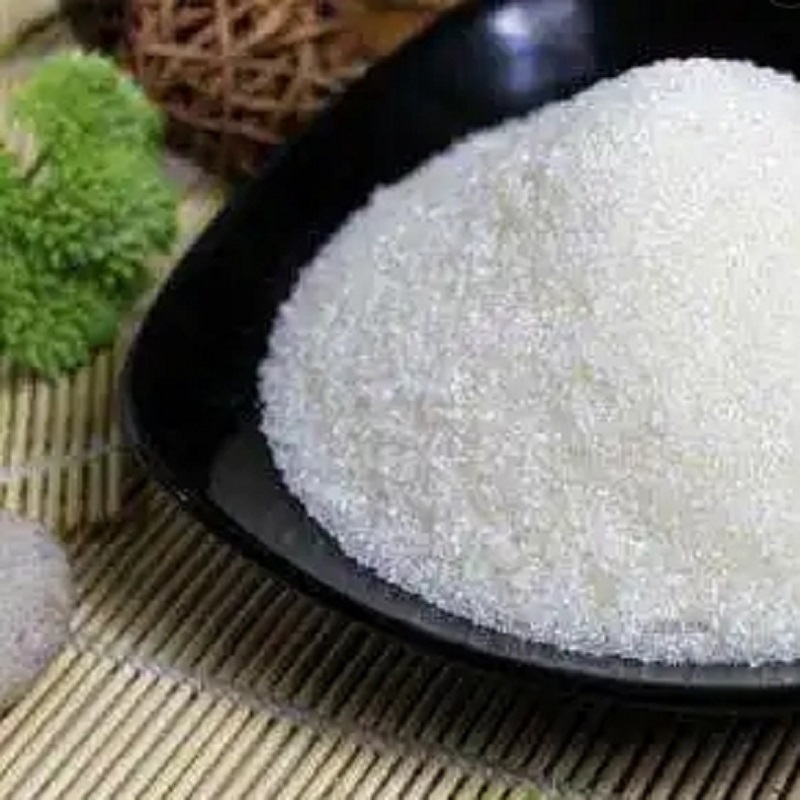Food Additives - Xanthan Gum
Jan 16, 2024
Xanthan gum is odorless, odorless, non-toxic, safe to consume, and easily soluble in water. Presents polyanions in aqueous solutions with unique physicochemical properties. In industrial production, it is mainly used as a thickener, but can also be used as a suspension agent, emulsifier, and stabilizer. So far, xanthan gum is considered to be the most high-performance biopolymer internationally, widely used in industries such as food, juice, beverages, feed, cosmetics, pharmaceuticals, ceramics, firefighting, petroleum, etc. Its market growth potential exceeds that of all hydrophilic adhesives. This article reviews the structure, properties, and production of xanthan gum, and describes its application in the food industry. 1) Acid and salt resistant food thickening stabilizersApplied in various fruit juice beverages, concentrated fruit juices, and condiments (such as soy sauce, oyster sauce, salad dressing) in food. The stability effect of xanthan gum is significantly better than other...
